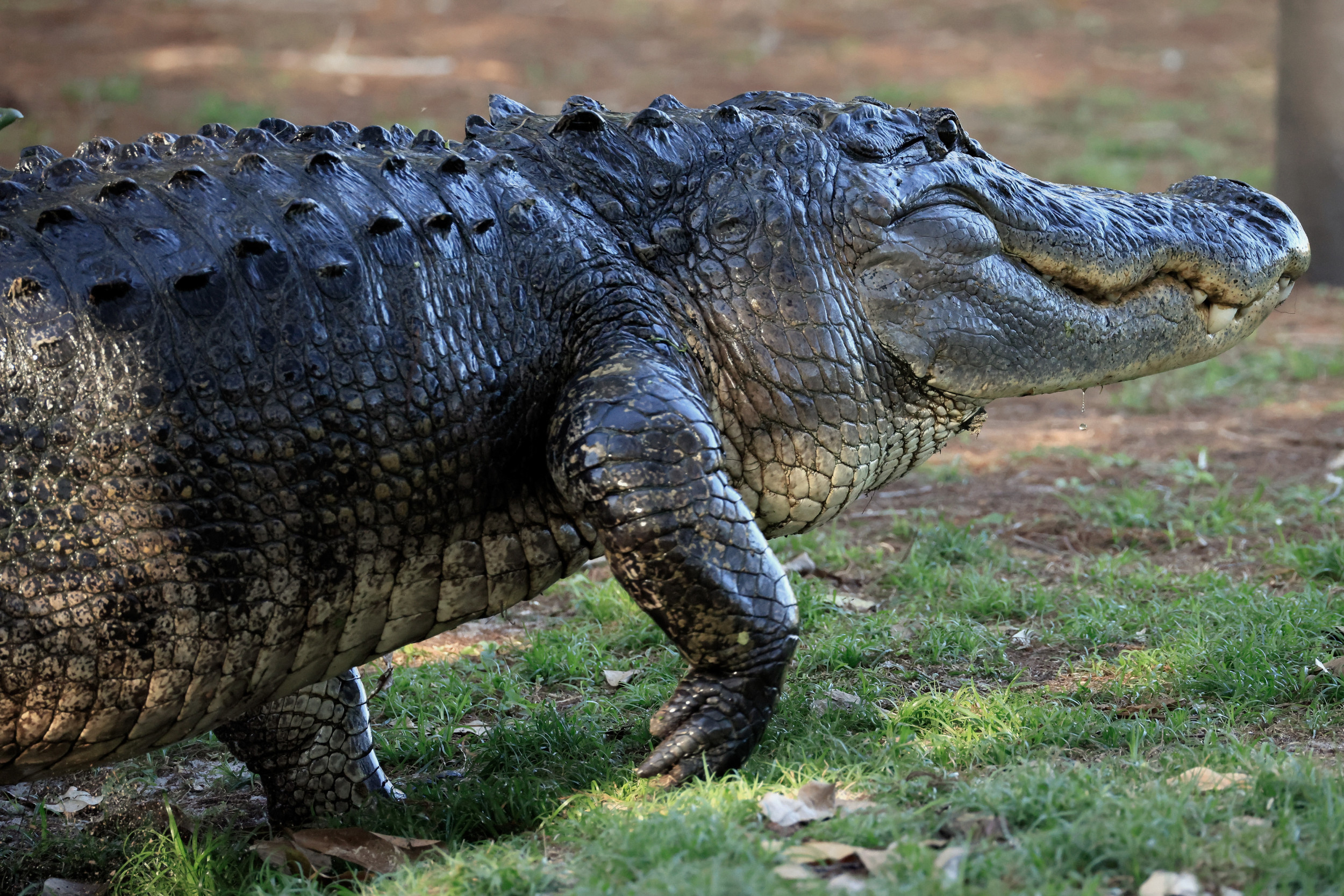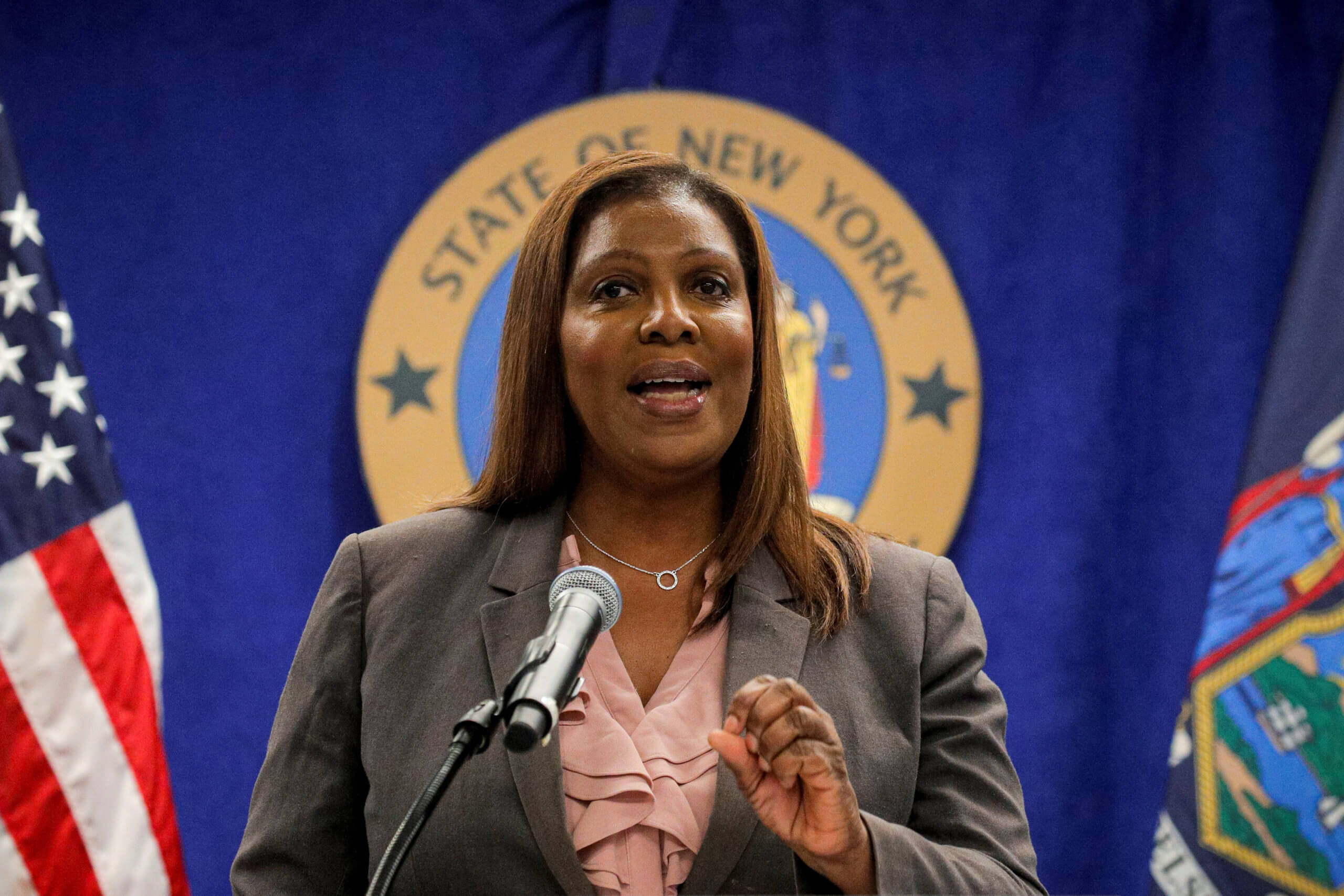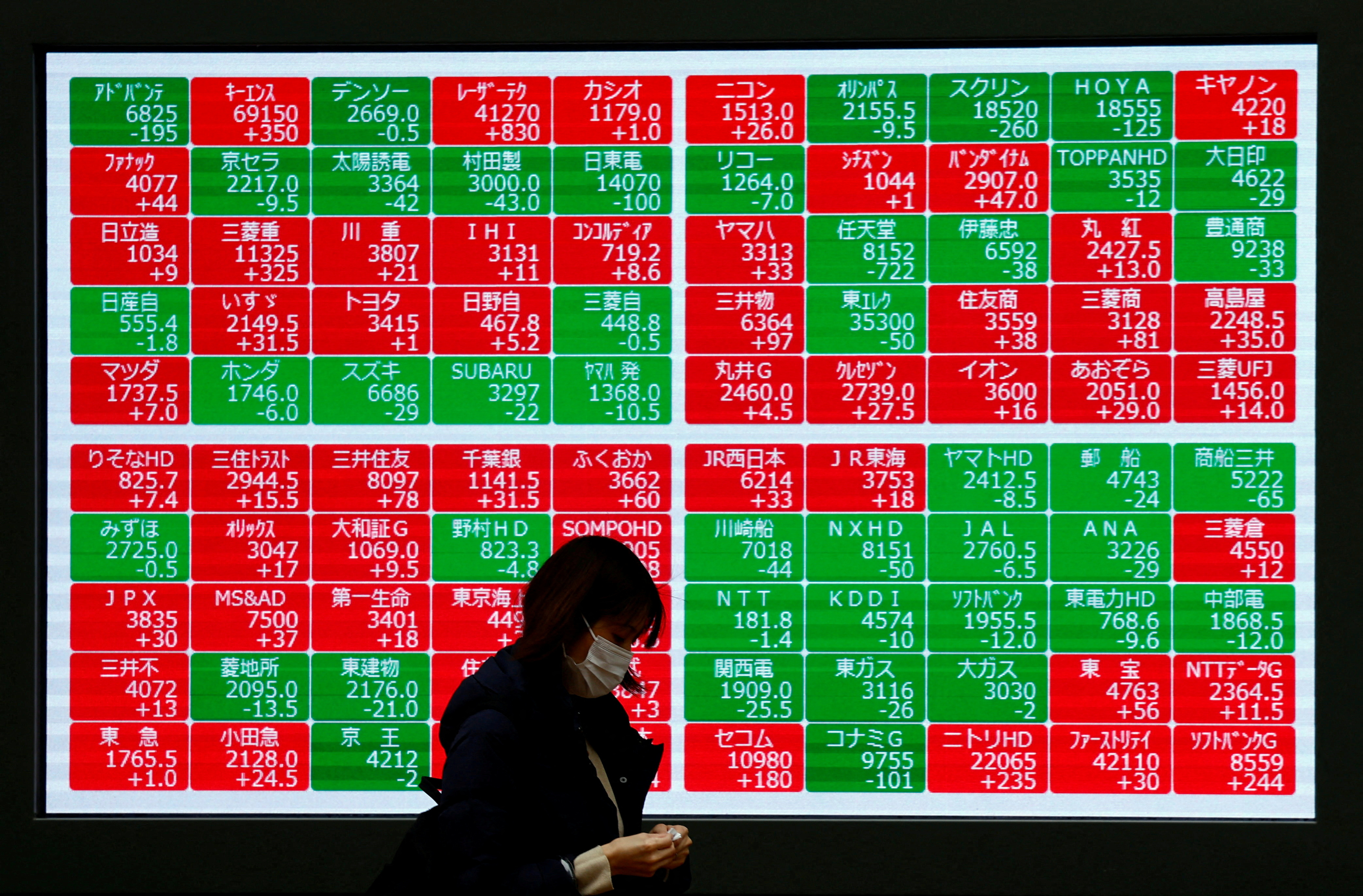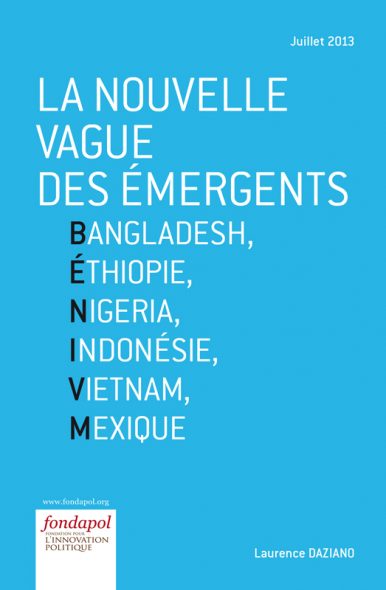Report on Opposition to Migrant Detention Facility in Big Cypress National Preserve and Implications for Sustainable Development Goals
Executive Summary
A coalition including the Florida National Organization for Women (FL NOW), Indigenous leaders, environmental advocates, and human rights defenders has issued a formal condemnation of the proposed construction of a migrant detention facility, referred to as “Alligator Alcatraz,” within the Big Cypress National Preserve. The opposition cites significant conflicts with key United Nations Sustainable Development Goals (SDGs), particularly those concerning environmental protection, social equity, and justice.
Analysis of Conflict with Sustainable Development Goals
The construction and operation of the proposed facility are seen as a direct contradiction to several core objectives of the 2030 Agenda for Sustainable Development.
SDG 15: Life on Land
The location of the facility within a National Preserve raises critical concerns regarding the protection of terrestrial ecosystems.
- Target 15.1: The project threatens the conservation and sustainable use of the Big Cypress National Preserve, a vital terrestrial and inland freshwater ecosystem.
- Target 15.5: Construction would lead to the degradation of natural habitats and threaten biodiversity, undermining urgent action required to protect these environments.
- Environmental Advocacy: The condemnation by environmental advocates underscores the project’s failure to integrate ecosystem and biodiversity values into development planning.
SDG 16: Peace, Justice, and Strong Institutions
The nature of the facility and its purpose are in conflict with the goal of promoting just, peaceful, and inclusive societies.
- Target 16.3: The establishment of a detention center for migrants raises questions about the promotion of the rule of law and ensuring equal access to justice for vulnerable populations.
- Human Rights: The involvement of human rights defenders highlights concerns that the facility may not uphold fundamental human rights, a cornerstone of strong and just institutions.
- Target 16.7: The opposition from Indigenous leaders suggests a lack of inclusive and participatory decision-making in a project that impacts their ancestral lands and rights.
SDG 10: Reduced Inequalities
The project directly impacts marginalized groups, including migrants and Indigenous peoples, thereby challenging the objective of reducing inequality.
- Target 10.7: The facility represents a move away from facilitating orderly, safe, and responsible migration and instead focuses on detention, which can exacerbate the vulnerability of migrants.
- Target 10.2: The condemnation by Indigenous leaders and women’s organizations points to the project’s potential to disempower and marginalize specific social groups, contrary to the goal of promoting social and political inclusion.
Consolidated List of Opposing Stakeholders
The unified opposition to the facility is comprised of several key groups, each highlighting the project’s multi-faceted negative impacts:
- Florida National Organization for Women (FL NOW)
- Indigenous Leaders
- Environmental Advocates
- Human Rights Defenders
SDGs Addressed in the Article
- SDG 10: Reduced Inequalities – The article’s central theme is the construction of a “migrant detention facility.” This directly relates to the treatment, rights, and policies concerning migrants, who are often a vulnerable and marginalized group. The involvement of “Indigenous leaders” also points to this goal, as they are a group whose rights and inclusion are central to reducing inequality.
- SDG 15: Life on Land – The facility is being constructed in “Big Cypress National Preserve.” This action poses a direct threat to a protected terrestrial ecosystem, its biodiversity, and natural habitats, which is the core focus of SDG 15. The mention of “environmental advocates” condemning the construction reinforces this connection.
- SDG 16: Peace, Justice and Strong Institutions – The condemnation by “human rights defenders” highlights concerns about the fundamental rights and access to justice for the migrants who would be held in the facility. The article implies a conflict over the rule of law and the protection of fundamental freedoms.
- SDG 5: Gender Equality – The leading voice of condemnation mentioned in the article is the “Florida National Organization for Women (FL NOW).” Their involvement implies a specific concern for the rights, safety, and well-being of women and girls within the context of migration and detention, which is a key aspect of SDG 5.
Specific SDG Targets Identified
-
SDG 10: Reduced Inequalities
- Target 10.7: “Facilitate orderly, safe, regular and responsible migration and mobility of people, including through the implementation of planned and well-managed migration policies.” The construction of a detention facility, particularly one described pejoratively as an “Alcatraz” and condemned by human rights groups, raises questions about whether the migration policies being implemented are “safe,” “responsible,” or “well-managed.”
- Target 10.2: “By 2030, empower and promote the social, economic and political inclusion of all, irrespective of… race, ethnicity, origin…” The opposition from “Indigenous leaders” suggests that their voices and concerns may not have been included in the decision-making process for the construction of this facility on land they consider significant.
-
SDG 15: Life on Land
- Target 15.1: “By 2020, ensure the conservation, restoration and sustainable use of terrestrial and inland freshwater ecosystems and their services…” The construction of a large facility within the “Big Cypress National Preserve” directly contradicts the principle of conserving a protected terrestrial ecosystem.
- Target 15.5: “Take urgent and significant action to reduce the degradation of natural habitats, halt the loss of biodiversity…” Building a detention center in a national preserve is a direct cause of “degradation of natural habitats.”
-
SDG 16: Peace, Justice and Strong Institutions
- Target 16.3: “Promote the rule of law at the national and international levels and ensure equal access to justice for all.” The term “migrant detention facility” and the condemnation by “human rights defenders” imply a concern that the detainees may not have equal access to justice or that their detention may be arbitrary.
- Target 16.10: “Ensure public access to information and protect fundamental freedoms…” The public condemnation by a coalition of advocates is an exercise of fundamental freedoms. Their opposition suggests they are acting to protect the fundamental freedoms of the detained migrants.
-
SDG 5: Gender Equality
- Target 5.1: “End all forms of discrimination against all women and girls everywhere.” The involvement of the “Florida National Organization for Women” suggests a concern that migrant women and girls, a particularly vulnerable group, may face discrimination within the proposed detention system.
Indicators for Measuring Progress
The article does not provide quantitative data but implies several qualitative indicators that can be used to measure the situation concerning the identified targets:
- Indicator for SDG 15: The primary indicator is the construction of infrastructure within a protected area (“Big Cypress National Preserve”). This action itself is a negative indicator for Target 15.1 and 15.5, as it measures the extent of encroachment and habitat degradation in areas designated for conservation.
- Indicator for SDG 10 & 16: The existence of and public condemnation of a “migrant detention facility” serves as an indicator. It points to migration policies (Target 10.7) that are contested and perceived as unjust by “human rights defenders” (Target 16.3). The number and nature of such facilities can be tracked as a measure of migration policy.
- Indicator for SDG 10 & 16: The public opposition from “Indigenous leaders” and “human rights defenders” is a qualitative indicator. It measures the level of social conflict and the perceived lack of inclusion (Target 10.2) and protection of fundamental freedoms (Target 16.10) in governance and development projects.
Summary of SDGs, Targets, and Indicators
| SDGs | Targets | Indicators Identified in Article |
|---|---|---|
| SDG 10: Reduced Inequalities | 10.7: Facilitate orderly, safe, regular and responsible migration and mobility of people. | The construction of a “migrant detention facility” condemned by human rights groups. |
| SDG 15: Life on Land | 15.5: Take urgent and significant action to reduce the degradation of natural habitats. | The location of the construction project within “Big Cypress National Preserve.” |
| SDG 16: Peace, Justice and Strong Institutions | 16.3: Promote the rule of law… and ensure equal access to justice for all. | Condemnation of the facility by “human rights defenders.” |
| SDG 5: Gender Equality | 5.1: End all forms of discrimination against all women and girls everywhere. | The involvement and condemnation by the “Florida National Organization for Women (FL NOW).” |
Source: chronicleonline.com







